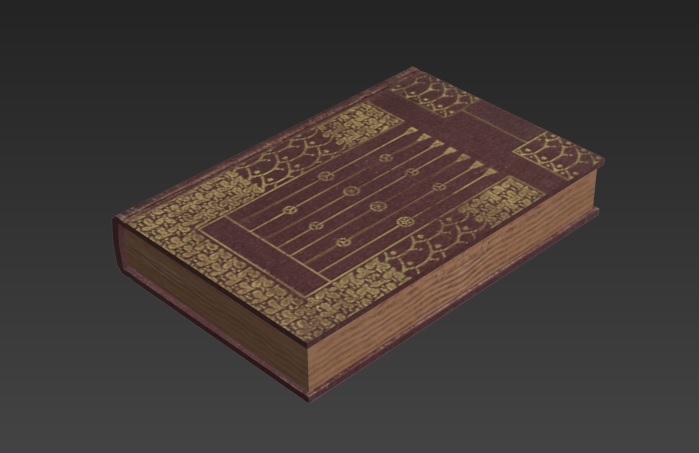Skills
Audio Narrative
Problem: How could sound be used in 1975 to tell a story/narrative in your bunker?
For this task I created two variations of the audio log, the first designed to be heard from a playback device in the bunker and the second to be triggered while the player reads the journal in the room, I ended up implementing the second audio log. Below is the final edited version of that audio.
For this task I found recording the audio to be more difficult than editing it, to make my life easier I would perform small parts of the script and leave a clear pause between them, this meant that when editing the clips I could easily remove mistakes and interpose retakes without it seeming strange. To make up for the pauses I simply trimmed the audio to reduce the gaps between the segments. I believe the final product would have been improved had I used a better voice actor, however I was quite happy with the end result. I found writing the script to be relatively simple, however I found that conveying a character through voice acting alone to be difficult as I was not experienced in doing so.

I found the post-production stage of this work easier than recording the audio, I overlaid the speaking and the pen scratching audio and used the envelope tool to fade out and fade in the pen scratching between the two diary entries. For the part between the entries I silenced the voice to create an artificial gap between the two halves, this was to imply that the two halves are independent from one another and are not just a follow up sentence. I used the reverb effect to create the effect that this is a voice that the player is imagining rather than being emitted from the environment. If I could change anything I would probably tone down the reverb effect as it is a little overbearing, I considered this during production but decided against changing it.
Environmental Storytelling
Problem: How could you tell a story through visuals alone in 1875?
Items around our rooms can give a lot of context to the game’s setting, textures alone can change the meaning of an item with only simple differences. For example if all of the assets were clean and without fault the room could end up looking new or not lived-in, however if all the assets in my room are textured to be slightly dirty or damaged then the tone of the room changes. Examples of assets which can help convey a tone or a story are books, especially with writing in, equipment, such as compasses, and items which are commonly found in a certain location, such as crockery in a kitchen.
This week we modelled and textured a book with a focus on UVW mapping. This first involved creating the base model, we created this book to be more complex than the one we created earlier in the year. Next we unwrapped the model so that continuous textures could be applied to the different sections of the model. Then we downloaded appropriate textures and created the texture map in Photoshop, below is the end result of this work. I had no problems with this work and the surfaces were relatively simple to texture.
I am happy with the end result, however in the future I could edit the textures in Photoshop more to make the book look more damaged and decayed. I would do this by adding decals or just slight scratches around the edges of the book, these would help add a sense of authenticity to the book as it appears to have undergone a lot of use.




May 9, 2016 at 9:05 pm
Richard, some good discussion of some of the problems you encountered here. How did you feel about the post-production work on the audio log? Was there anything that you would change with this? Did you have any screen shots of the process?
LikeLike
May 10, 2016 at 9:19 am
Updated.
LikeLiked by 1 person
May 10, 2016 at 6:02 pm
You explained the problem and the solution really well. You provided an overview of the skills and techniques used when making this model. Your final book turned out great. You should also reflect on this task.
LikeLike
May 11, 2016 at 9:33 am
Updated.
LikeLike